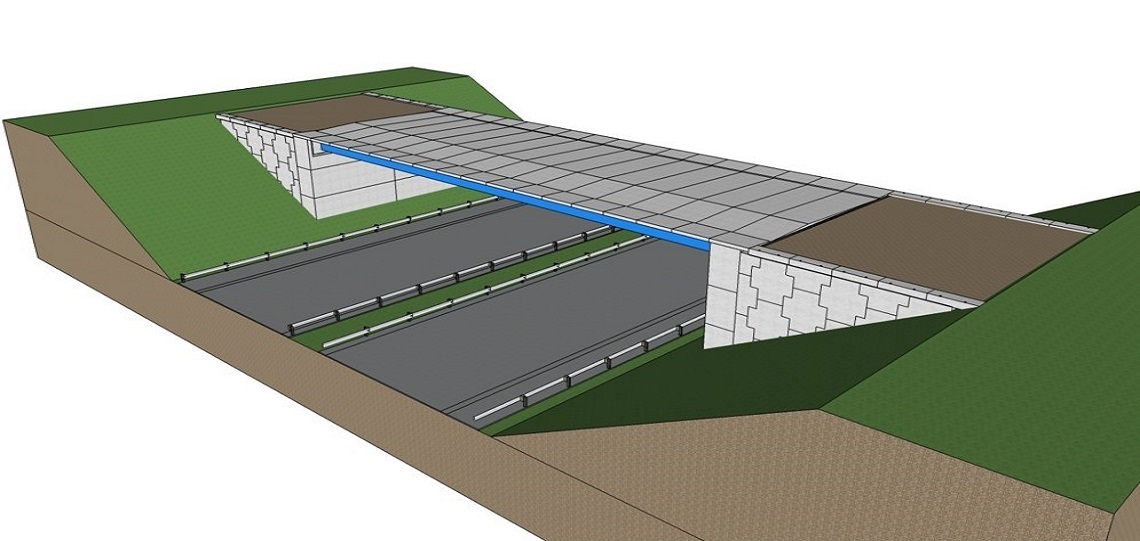27. May 2020
The series of presentations “CBI presents” would now like to present the projects of the Center Building and Infrastructure Engineering after the short introductions of the university institutes of the four initiators.
The high performance and functionality of the transport infrastructure are of crucial importance for Germany as a trading base, especially in times of growing passenger and freight traffic. The consortium project should make an important contribution to this by developing new strategies and methods for sustainable and modular bridge structures. There are about 130,000 bridges in the German infrastructure network. Most of these bridges will be affected by renovation or new construction work in the short to medium term. The extensive repair work required to repair traffic-related damage or necessary replacement constructions have made the development of new methods for sustainable bridge structures a matter of general economic importance.
In the first project phase, the opportunities but also possible risks for the planning and implementation of modular bridges were examined. In close coordination with the members, the basis for a presentation of the modular bridge system to the responsible authorities was thus laid. The focus was on composite construction.
Based on the results obtained in project phase 1, a detailed design was then developed. In this second project phase, critical details in planning and execution were successfully analyzed and solutions were developed together with the members involved. The concept elaborated in this way could already be discussed with the first decision-makers during the regular project meetings.
The concept of the modular composite bridge was concretized on an exemplary design. For this purpose, a modular bridge structure with a superstructure width of 16.6 m (federal road 2+1 lane) and a span of 37 m for crossing a six-lane motorway was designed. The construction sequence envisages that the steel longitudinal girders, designed as tightly welded hollow sections, are suspended in previously aligned concrete end crossbeams, which rest on the abutments as semi-precast elements with grouted pockets. Afterward, precast concrete elements are placed crosswise to the end beams, which form the directly drivable concrete carriageway after bracing. To create a bond between the longitudinal beams and the concrete chord, a grouting joint with composite dowel strips on the underside is provided as a bonding agent.
The results obtained for the holistic development of an innovative modular bridge construction system up to the first demonstration applications indicate a great potential for the future. Not least due to short construction times of 100 days or less, modular bridges offer an economic benefit through significantly reduced closing times.
At this point, the Center Building and Infrastructure Engineering would like to thank the companies for their constructive participation in this project.


